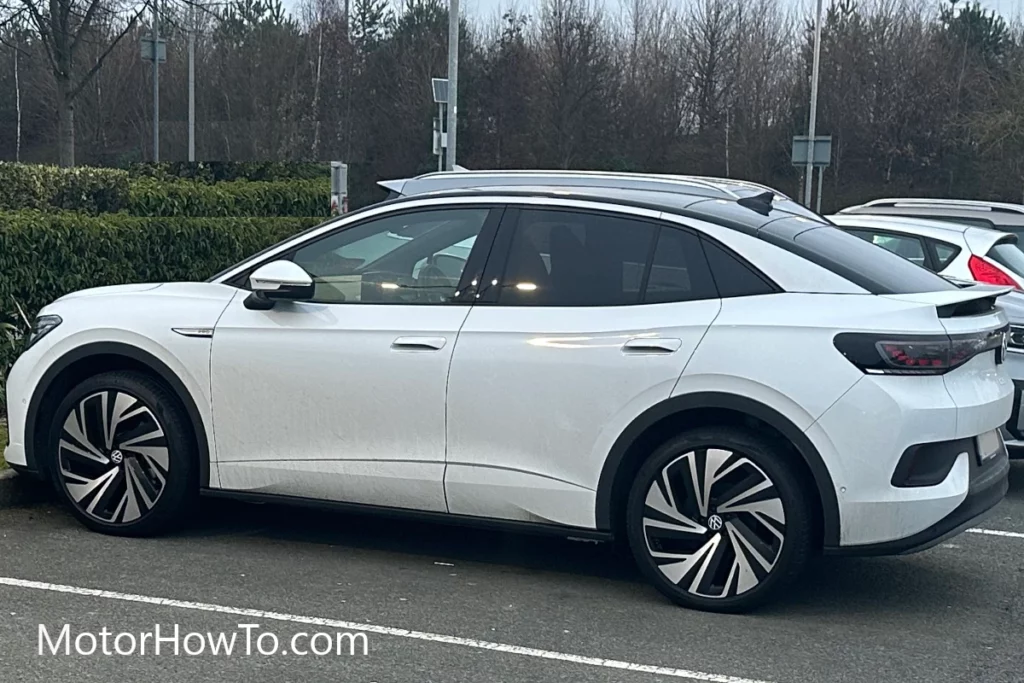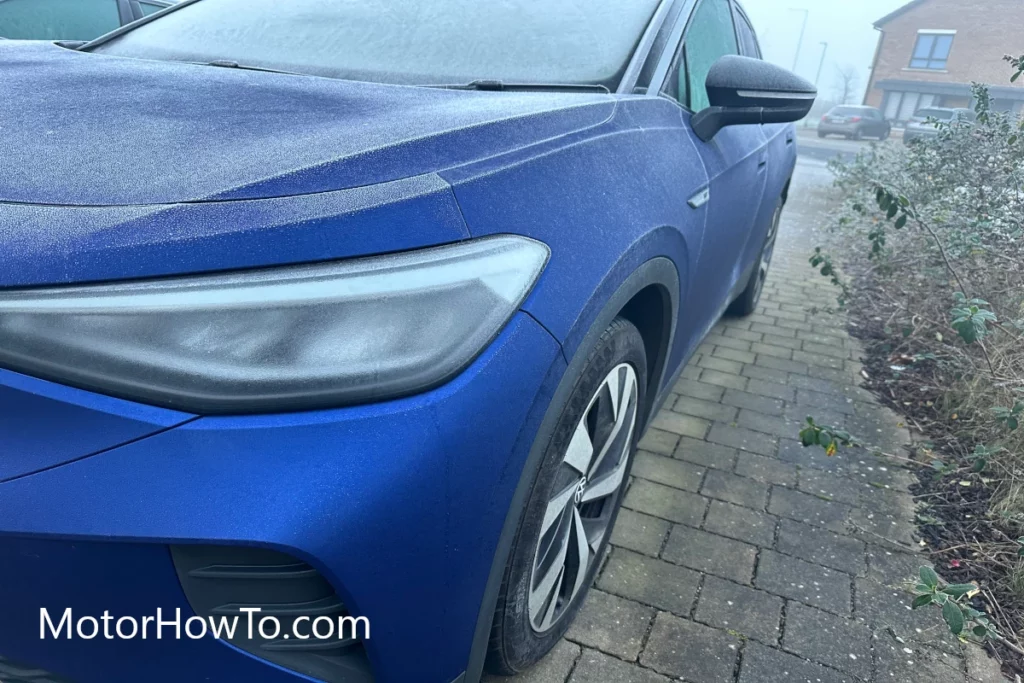The pickup truck, a versatile workhorse of the automotive world, stands as a symbol of utility, strength, and practicality.
Beyond its rugged exterior, there lies a complex amalgamation of components that come together to deliver not only raw power but also comfort, safety, and advanced technology.
In this exploration, we embark on a journey beneath the surface of these automotive giants, dissecting the major pickup truck parts into six essential categories.
From the robust frame that forms its backbone to the intricate electronics that define its modernity, we’ll delve deep into the engineering marvel that is the pickup truck.
So, fasten your seatbelts and prepare for a ride through the inner workings of these iconic vehicles.
It’s time to uncover the secrets of what makes a pickup truck more than just a means of transportation, but a formidable tool for work and play alike.
What Is A Pickup Truck?
A pickup truck is a type of motor vehicle characterized by its open cargo area at the rear.
It typically has a cabin for passengers at the front and a separate, open bed or cargo area at the back.
Pickup trucks are known for their versatility and are widely used for a variety of purposes, including transportation of goods, towing trailers or other vehicles, and even for recreational purposes like off-road driving or hauling sports equipment.

Here are some key features and characteristics of pickup trucks:
- Cargo Bed: The most distinctive feature of a pickup truck is its cargo bed. This open area at the rear is designed for transporting goods, equipment, or other items. It can be left open or covered with a tonneau cover or camper shell for added security and protection.
- Cab Styles: Pickup trucks come in various cab styles, including regular cab (with a single row of seats), extended cab (with small rear seats or storage space), and crew cab (with a full second row of seats). The choice of cab style affects passenger capacity.
- Payload Capacity: Pickup trucks are designed to carry heavy loads in their cargo beds. The payload capacity, often specified in pounds or kilograms, indicates the maximum weight the truck can safely carry in its bed and cabin combined.
- Towing Capacity: Pickup trucks are also known for their towing capabilities. They can tow trailers, boats, or other vehicles, with the towing capacity denoting the maximum weight they can pull safely.
- Off-Road Capabilities: Many pickup trucks are equipped with four-wheel drive or all-wheel drive systems, making them suitable for off-road driving and challenging terrains.
- Powerful Engines: Pickup trucks are often equipped with powerful engines, including V6 or V8 options, to provide the necessary torque and horsepower for hauling heavy loads.
- Versatility: Pickup trucks are versatile vehicles, serving both work and lifestyle needs. They are commonly used by contractors, tradespeople, farmers, and outdoor enthusiasts.
- Variety of Models: Pickup trucks come in various sizes, from compact models to full-size trucks, and they are offered by multiple manufacturers, each with its own features and options.
- Safety Features: Modern pickup trucks often include advanced safety features, such as airbags, anti-lock braking systems (ABS), stability control, and collision avoidance systems.
- Technology: Pickup trucks are increasingly equipped with advanced technology, including infotainment systems, navigation, smartphone integration, and driver-assistance features.
Pickup trucks have a long history and have evolved over the years to cater to a wide range of consumer and commercial needs.
Their durability, power, and adaptability have made them popular vehicles in many parts of the world.
What Are The 6 Major Parts Of A Pickup Truck?
The 6 major parts or components of the pickup truck include Body & Exterior, Engine & Propulsion, Handling & Wheels, Interior & Electronics, Technology & Connectivity, and Security & Safety.
- Pickup Truck Body & Exterior
- Pickup Truck Engine & Propulsion
- Pickup Truck Handling & Wheels
- Pickup Truck Interior & Electronics
- Pickup Truck Technology & Connectivity
- Pickup Truck Security & Safety
1. Pickup Truck Body & Exterior:
- Frame: The frame is the structural skeleton of the pickup truck. It provides support for the entire vehicle and is typically made of high-strength steel.
- Body Panels: These include the truck’s outer shell, which consists of components like doors, fenders, hoods, and the tailgate. Body panels can be made of various materials, including steel, aluminum, and fiberglass.
- Bed: The cargo bed is the open area at the rear of the truck used for transporting goods. It can come in different sizes and configurations, such as short bed or long bed, and can be equipped with features like bed liners and cargo management systems.
- Bumpers: Front and rear bumpers provide protection in case of collisions. They also often have integrated lighting and can be made from different materials, including chrome and plastic.
- Grille: The grille is the front-facing component that allows airflow to the engine. It also serves an aesthetic purpose and can vary in design depending on the truck’s brand and model.
2. Pickup Truck Engine & Propulsion:
- Engine: The engine is the heart of the pickup truck. Common types include gasoline, diesel, and electric. Engines come in various sizes and configurations, such as V6, V8, or turbocharged, influencing a truck’s power and fuel efficiency.
- Transmission: The transmission transfers power from the engine to the wheels. Pickup trucks typically have automatic or manual transmissions, with some newer models featuring advanced automatic transmissions with multiple gears for improved fuel efficiency and performance.
- Drivetrain: The drivetrain components, including the axles, transfer case (for four-wheel drive trucks), and differentials, determine how power is distributed to the wheels. Four-wheel drive and all-wheel drive systems are common in pickup trucks, offering enhanced off-road capability.
- Exhaust System: This system carries exhaust gases away from the engine, includes components like the catalytic converter and muffler, and can influence a truck’s performance and emissions.
3. Pickup Truck Handling & Wheels:
- Suspension: The suspension system includes components like springs, shock absorbers, and struts, which influence ride comfort, handling, and stability. Some trucks have adjustable air suspensions for varying load capacities.
- Tires: Tires play a crucial role in traction, handling, and fuel efficiency. They vary in size, tread patterns, and types (e.g., all-terrain, mud-terrain, highway).
- Wheels: Pickup trucks come with different wheel sizes and designs. Upgrading wheels can affect both aesthetics and performance.
- Brakes: Braking systems consist of components like disc brakes and brake pads. Larger trucks may have more substantial braking systems to handle heavier loads.
4. Pickup Truck Interior & Electronics:
- Seats: Pickup trucks have various seat configurations, including bench seats, split benches, or captain’s chairs. Material choices range from cloth to leather.
- Infotainment System: Modern pickup trucks are equipped with infotainment systems that include touchscreens, navigation, smartphone connectivity, and audio options.
- HVAC System: Heating, ventilation, and air conditioning systems are vital for cabin comfort, especially in extreme weather conditions.
- Storage and Cargo Space: Trucks often feature under-seat storage, center consoles, and additional storage compartments in the cabin. Extended cabs provide more interior storage space.
5. Pickup Truck Technology & Connectivity:
- Instrument Cluster: The digital or analog cluster displays important information like speed, fuel level, and engine diagnostics.
- Advanced Driver Assistance Systems (ADAS): These systems include features like adaptive cruise control, lane-keeping assist, blind-spot monitoring, and automatic emergency braking.
- Connectivity: Trucks offer various connectivity options, including USB ports, Bluetooth, Wi-Fi hotspot capability, and smartphone integration.
- Telematics: Telematics systems can track the vehicle’s location, performance, and maintenance needs. They are especially valuable for fleet management.
6. Pickup Truck Security & Safety:
- Airbags: Pickup trucks are equipped with multiple airbags, including frontal, side-impact, and curtain airbags, to protect occupants in case of a collision.
- Safety Systems: Trucks often have stability control, traction control, and anti-lock braking systems to enhance safety during driving.
- Anti-Theft Systems: These include features like alarm systems, engine immobilizers, and remote keyless entry.
- Cameras and Sensors: Backup cameras, parking sensors, and 360-degree view cameras aid in parking and maneuvering.
Understanding these major parts and systems within each category helps truck owners and enthusiasts appreciate the complexity and functionality of pickup trucks.
Manufacturers continually innovate in these areas to enhance performance, comfort, safety, and overall driving experience.



